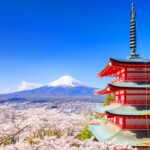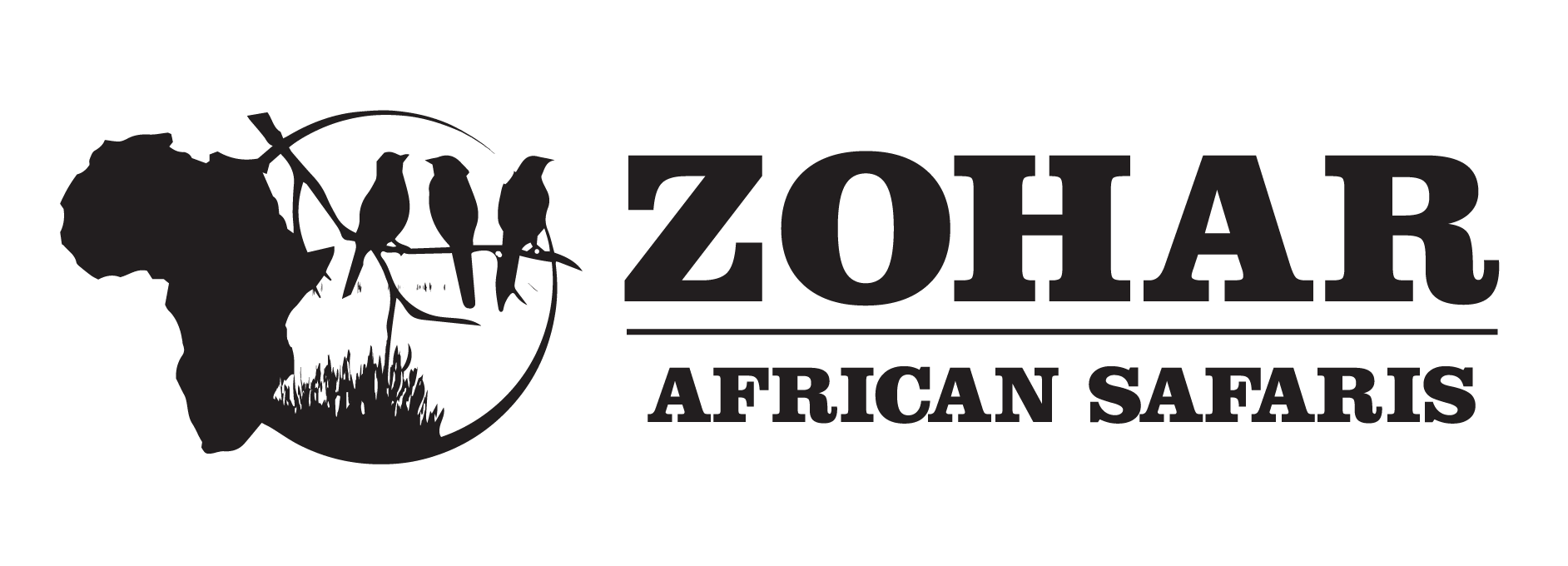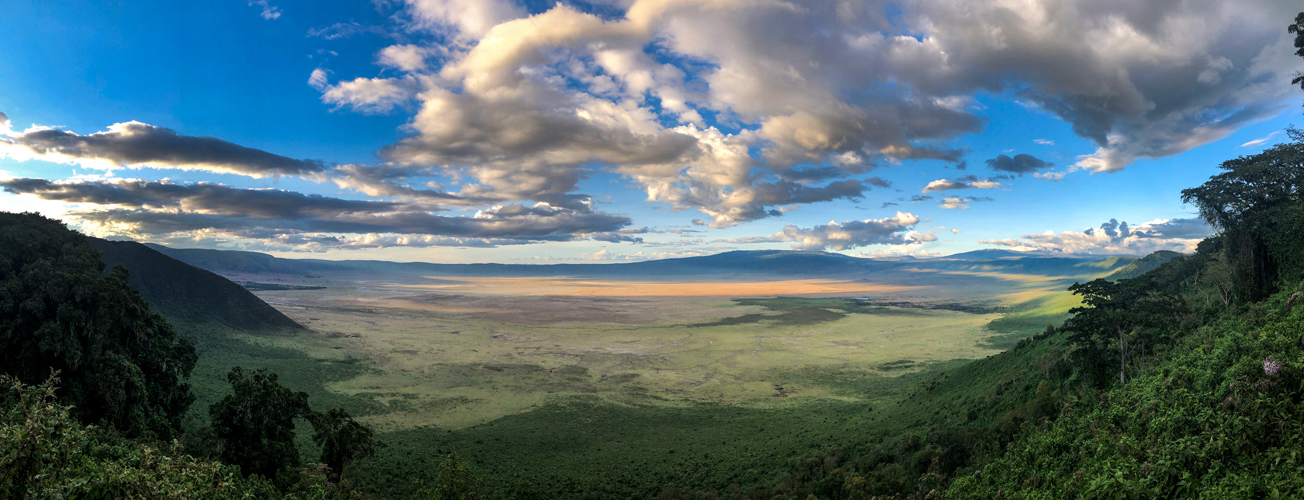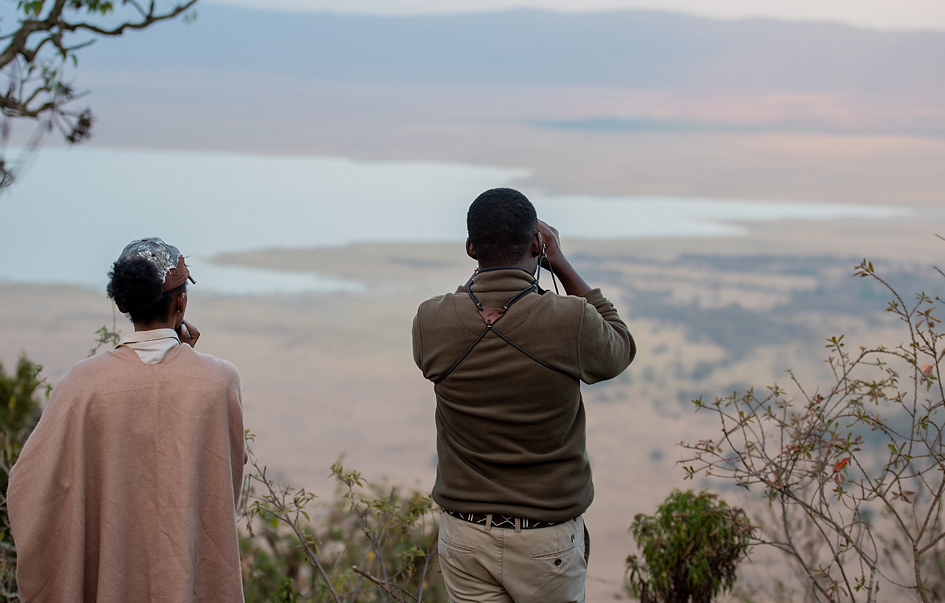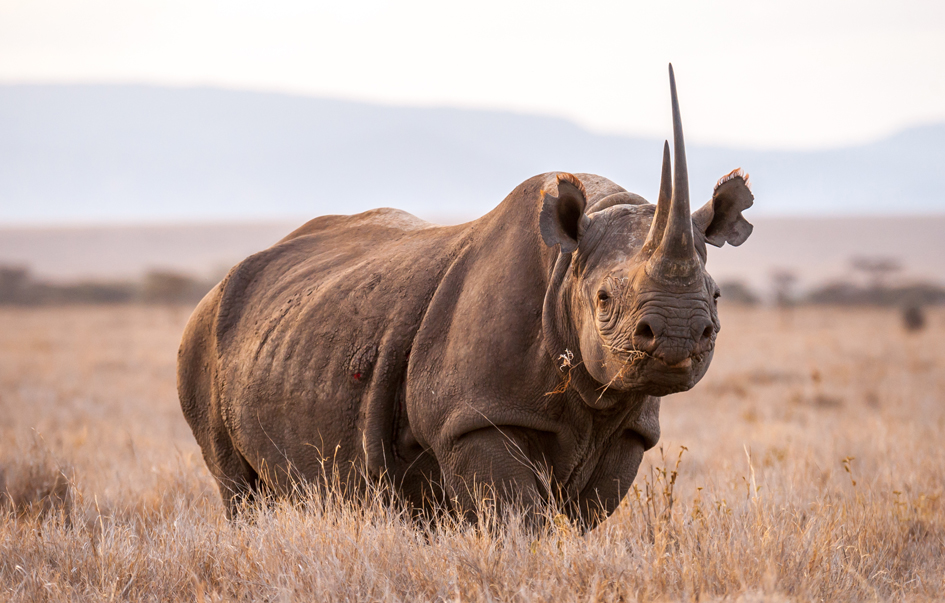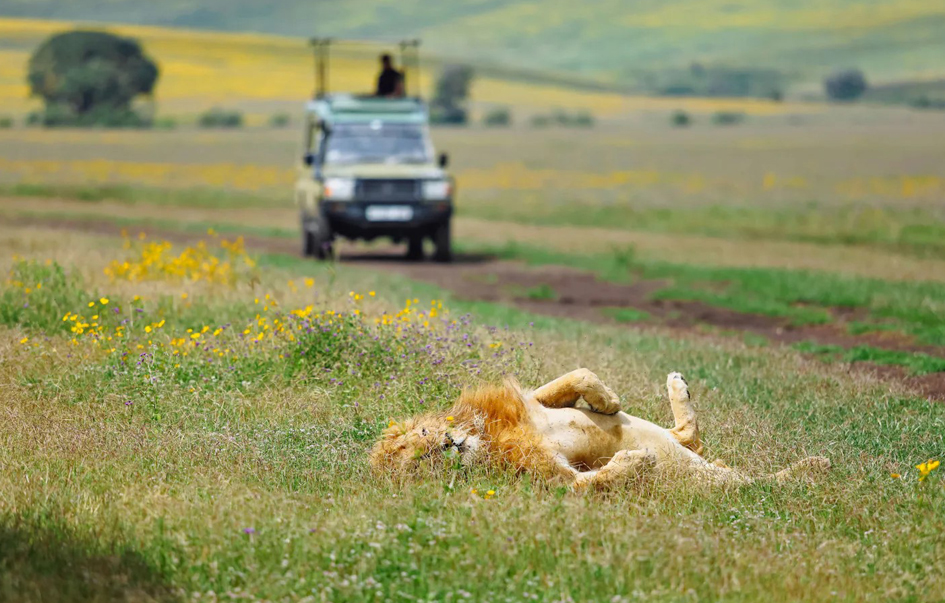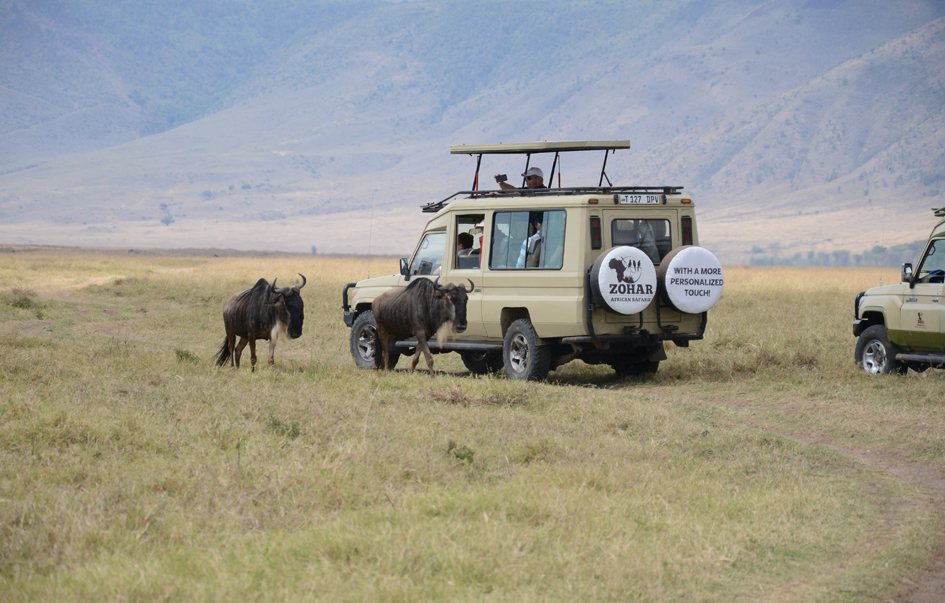NGORONGORO CRATER
The name ‘Ngorongoro’ has its origin in the language of the Maasai tribe, the region’s indigenous inhabitants. The area is renowned as the “crown jewel” of the Serengeti, offering a panoramic view that overlooks a steep drop of 2,000 feet (610 meters) and spans an area of 260 square kilometers (100 square miles) to its volcanic caldera crater floor. The caldera was formed over 3 million years ago due to a volcanic eruption that caused the land to collapse, creating this distinctive geological feature now home to over 25 thousand resident animals, including the African “Big Five”.
Ngorongoro Crater is one of the seven natural wonders of the world and one of the world heritage sites. It’s unique ecosystem is defined by the rim of the Great Rift Valley wall escarpment that makes it difficult for animals to migrate easily from the crater’s natural enclosure. Its unique 100 square mile caldera floor’s eco-culture is home to most of the animal species found in East Africa.
More than 25,000 resident animals inhabit Ngorongoro Crater. In the grass steppes and acacia forest you can encounter almost every animal species of the East African savanna, including the ““Big Five”” (rhino, elephant, Cape buffalo, lion, leopard). Its diverse species of wildlife drink from Lake Magadi that is on the crater floor formed by other water sources in the crater that flow into it.
Features & Wildlife Species
Ngorongoro crater is also one of the best places for photographic safaris, as animals get very close enabling any amateur or professional photographer to get excellent close-up shots of the diverse wildlife.
Within the Ngorongoro crater lays Olduvai Gorge, the archeological site where Louis and Mary Leakey famously discovered traces of Homo habilis, our first known human species, stretching back 3+ million years.
The Ngorongoro highlands are beautiful beyond imagination and offer great opportunities for hiking and nature walks. Maasai people also live in this area hence providing you perfect safari days for wildlife, recreational activities and cultural experiences.
- Wildlife viewing including the “Big Five”
- Crater Rim walking safari
- Maasai cultural experience
- A visit to Olduvai Gorge archeological site of Louis and Mary Leakey
- The “Big Five” (rhino, elephant, buffalo, lion, leopard) and other stunning wildlife including resident wildebeests and zebras, hippos, gazelle, jackal, hare, dik-dik, mongoose, warthog, hedgehog, cheetah, waterbuck, hartebeest, ostrich amongst others
- Lake Magadi that supports a great number of hippos and water birds including seasonal flamingos
- Ngorongoro Crater is open for visits year-round. However, the ideal time to go is from November to June when the conditions are optimal. From July to October, it is also a good time to visit, but it may feel crowded at times. Visitors can enjoy the stunning and expansive landscapes of Ngorongoro Crater irrespective of the time of year they choose to visit.
-
By Road: It’s about a 3.5 – 4hrs drive from Arusha, 1hr45min from Lake Manyara National Park and 1hr15min from the popular safari town, Karatu.

